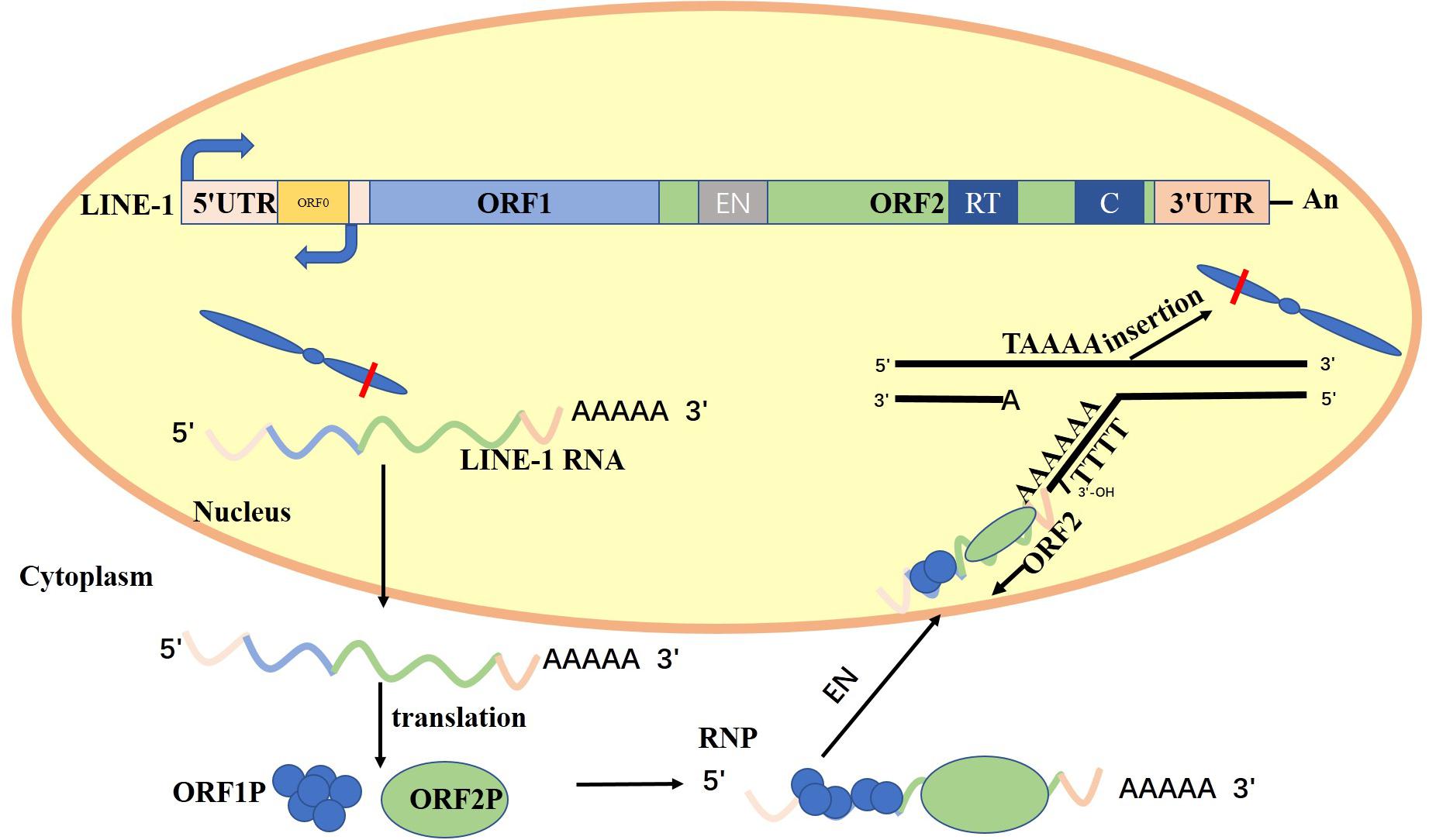
6 An overview of the viral life cycle is shown in figure 1. The new viral particles are now ready to invade the adjacent epithelial cells as well as for providing fresh infective material for community transmission via respiratory droplets. These newly formed Nucleocapsids are then enclosed in the ER membrane and transported to the lumen, from where they are transported via golgi vesicles to the cell membrane and then via exocytosis to the extracellular space. 19–21 The viral N protein binds the new genomic RNA and the M protein facilitates integration to the cellular endoplasmic reticulum. This newly formed negative strand RNA serves to produce new strands of positive RNAs which then go on to synthesise new proteins in the cell cytoplasm (translation). Now inside the host cell, the virus undergoes replication and formation of a negative strand RNA by the pre-existing single-strand positive RNA through RNA polymerase activity (transcription). Postmembrane fusion, the virus enters the pulmonary alveolar epithelial cells and the viral contents are released inside. 14–17 The initial cleavage stabilises the S2 subunit at the attachment site and the subsequent cleavage presumably activates the S protein causing conformational changes leading to viral and host cell membrane fusion. 11–13 After binding of SARS-CoV-2 to the ACE-2, the S protein undergoes activation via a two-step protease cleavage: the first one for priming at the S1/S2 cleavage site and the second cleavage for activation at a position adjacent to a fusion peptide within the S 2 subunit. 10 It is through this host receptor that the S protein binds initially to start the host cell invasion by the virus. 6ĪCE-2 has been identified as a functional receptor for SARS-CoV and is highly expressed on the pulmonary epithelial cells. This protein is composed of two functional subunits (S 1 and S 2), among which S 1 is responsible for binding to the host cell receptor and S 2 subunit plays a role in the fusion of viral and host cellular membranes. 6 9 The S protein is seen to be protruding from the viral surface and is the most important one for host attachment and penetration.

The coronaviruses are made up of four structural proteins, namely, the spike (S), membrane (M), envelop (E) and nucleocapsid (N) proteins. Once inside the body, the virus binds to host receptors and enters host cells through endocytosis or membrane fusion. The virus is transmitted via respiratory droplets and aerosols from person to person. As of July 6, 2020, there were almost 11.5 million cases worldwide, with approximately 536 893 reported deaths. The SARS-CoV-2, which initially led to a severe pneumonia outbreak in China, has now rapidly spread all throughout the globe. 3–6Īfter being broadcast as a public health emergency on January 30, 2020, COVID-19 was subsequently declared a pandemic on Maby the WHO. Subsequently, human-to-human transmission was recognised to be responsible for the community spread of the disease, being reported in approximately 200 countries worldwide.
1 2 The respiratory illness caused by this virus was termed as coronavirus disease 2019 or simply COVID-19 by the WHO, and the outbreak was considered to have started via a zoonotic spread from the seafood markets in Wuhan, China. It was seen to be highly homologous to the SARS coronavirus (SARS-CoV), which was responsible for the respiratory pandemic during the 2002–2003 period. The pathogen responsible for these atypical infections was soon discovered to be a novel coronavirus belonging to the family Coronaviridae and was named as the severe acute respiratory syndrome coronavirus-2 (SARS-CoV-2).
#Mj human nature reverse full#
The search for an effective vaccine for COVID-19 is presently in full swing, with pharmaceutical corporations having started human trials in many countries.Ī series of acute atypical respiratory infections ravaged the Wuhan city of Hubei province of China in December 2019.

Complicated cases may require treatment by immunomodulatory drugs and plasma exchange therapy.

Moderate and severe cases require hospitalisation as well as intensive therapy which includes non-invasive as well as invasive ventilation, along with antipyretics, antivirals, antibiotics and steroids. Most patients are either asymptomatic carriers who despite being without symptoms have the potential to be infectious to others coming in close contact, or have a mild influenza-like illness which cannot be differentiated from a simple upper respiratory tract infection. The clinical spectrum of the disease presents in the form of a mild, moderate or severe illness. In the absence of a proper and effective antibody test, the diagnosis is presently based on a reverse-transcription PCR of nasopharyngeal and oropharyngeal swab samples. Results and Conclusions COVID-19 has now spread globally with increasing morbidity and mortality among all populations.


 0 kommentar(er)
0 kommentar(er)
